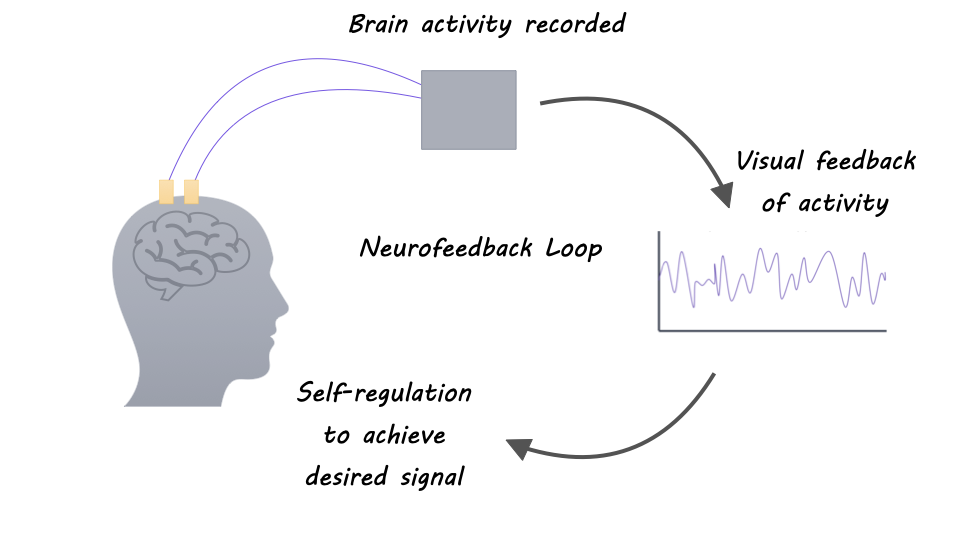Unveiling the Connection Between quantitative EEG and Sleep Disorder Trends for Enhanced Assessment and Treatment
Unveiling the Connection Between quantitative EEG and Sleep Disorder Trends for Enhanced Assessment and Treatment
Blog Article
Sleep apnea is a common sleep condition that impacts many individuals around the globe. It happens when a individual's breathing is disrupted during slumber, leading to poor sleep standards and various health issues. One of the methods scientists and doctors are endeavoring to better understand and identify sleep apnea is through a method called quantitative electroencephalography, or qEEG. This method measures the electronic function of the cerebrum and can offer valuable insights into how sleep apnea impacts brain function and general well-being.
qEEG entails placing small sensors on the head to record brain waves. These brain oscillations are then analyzed to detect trends that may indicate sleep disorders, including sleep apnea. By examining these patterns, medical professionals can gain a clearer understanding of how sleep apnea interrupts normal brain activity during slumber. This data can be crucial for developing effective treatment plans customized to specific clients. Understanding the connection between qEEG and sleep apnea can lead to enhanced identification methods and better outcomes for those impacted by this disorder.
Studies has shown that people with sleep apnea often exhibit specific alterations in their brain wave patterns. For instance, during instances of apnea, the cerebrum may exhibit increased function in certain areas while these details additional regions become more engaged. These changes can affect how well a person slumbers and how refreshed they perceive upon awakening. By employing qEEG to monitor these brain oscillation trends, doctors can recognize particular characteristics of sleep apnea in patients, which can help in formulating a more accurate diagnosis. This is especially important because sleep apnea can sometimes be mistaken for other sleep conditions, resulting to inappropriate therapies.
In furthermore to enhancing diagnosis, qEEG can also play a part in assessing the efficacy of therapies for sleep apnea. For example, after a client starts employing a constant beneficial airway force (CPAP) device, which helps keep the airway clear during slumber, qEEG can be utilized to evaluate alterations in cerebral function. If the brain shows improved patterns of sleep after starting treatment, it may indicate that the therapy is working well. This response can help doctors make necessary adjustments to treatment plans, ensuring that patients receive the best care possible.
Overall, the relationship between qEEG and sleep apnea trends is an promising area of study that offers promise for improving identification and therapy. By comprehending how sleep apnea impacts brain activity, healthcare professionals can formulate more efficient approaches to assist clients attain better sleep and enhance their general well-being. As studies continues to evolve, it is probable that qEEG will become an essential tool in the fight against sleep apnea, resulting to superior results for those who experience from this difficult disorder.